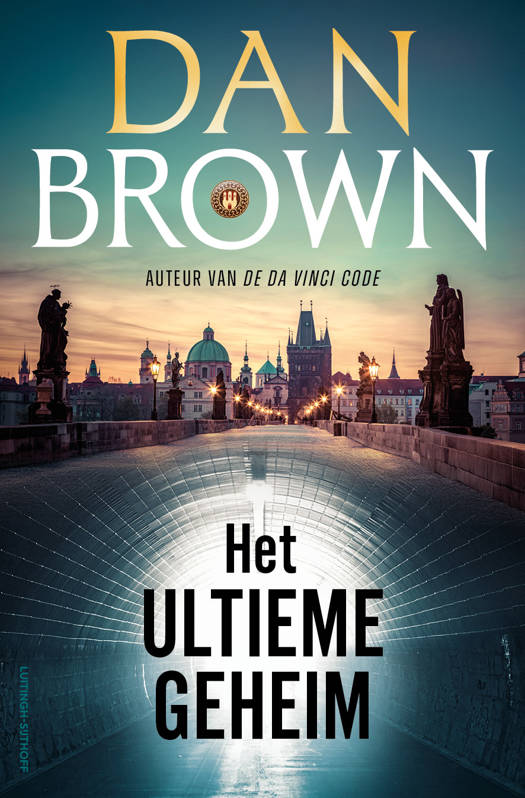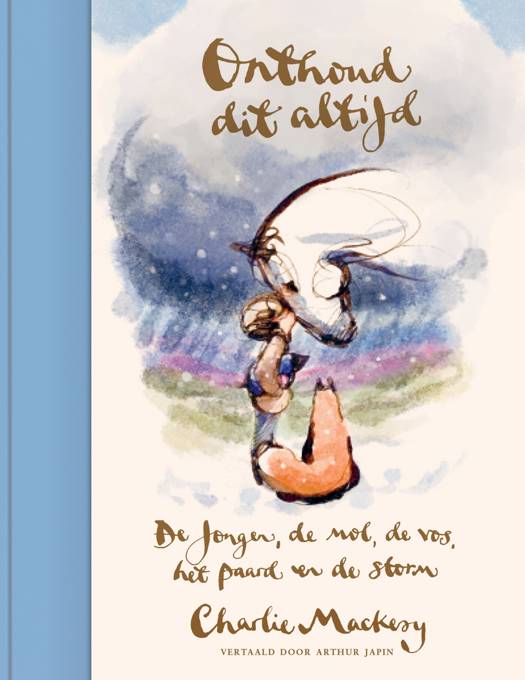
Je cadeautjes zeker op tijd in huis hebben voor de feestdagen? Kom langs in onze winkels en vind het perfecte geschenk!
- Afhalen na 1 uur in een winkel met voorraad
- Gratis thuislevering in België vanaf € 30
- Ruim aanbod met 7 miljoen producten
Je cadeautjes zeker op tijd in huis hebben voor de feestdagen? Kom langs in onze winkels en vind het perfecte geschenk!
- Afhalen na 1 uur in een winkel met voorraad
- Gratis thuislevering in België vanaf € 30
- Ruim aanbod met 7 miljoen producten
Zoeken
€ 83,95
+ 167 punten
Omschrijving
Problem-solving competitions for mathematically talented sec- ondary school students have burgeoned in recent years. The number of countries taking part in the International Mathematical Olympiad (IMO) has increased dramatically. In the United States, potential IMO team members are identified through the USA Mathematical Olympiad (USAMO), and most other participating countries use a similar selection procedure. Thus the number of such competitions has grown, and this growth has been accompanied by increased public interest in the accomplishments of mathematically talented young people. There is a significant gap between what most high school math- ematics programs teach and what is expected of an IMO participant. This book is part of an effort to bridge that gap. It is written for students who have shown talent in mathematics but lack the back- ground and experience necessary to solve olympiad-level problems. We try to provide some of that background and experience by point- out useful theorems and techniques and by providing a suitable ing collection of examples and exercises. This book covers only a fraction of the topics normally rep- resented in competitions such as the USAMO and IMO. Another volume would be necessary to cover geometry, and there are other v VI Preface special topics that need to be studied as part of preparation for olympiad-level competitions. At the end of the book we provide a list of resources for further study.
Specificaties
Betrokkenen
- Auteur(s):
- Uitgeverij:
Inhoud
- Aantal bladzijden:
- 260
- Taal:
- Engels
- Reeks:
Eigenschappen
- Productcode (EAN):
- 9780387947433
- Verschijningsdatum:
- 6/09/1996
- Uitvoering:
- Paperback
- Formaat:
- Trade paperback (VS)
- Afmetingen:
- 155 mm x 232 mm
- Gewicht:
- 367 g

Alleen bij Standaard Boekhandel
+ 167 punten op je klantenkaart van Standaard Boekhandel
Beoordelingen
We publiceren alleen reviews die voldoen aan de voorwaarden voor reviews. Bekijk onze voorwaarden voor reviews.









